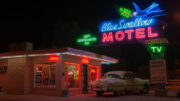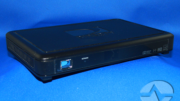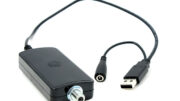It’s hard to believe now, but this remote actually won awards when it first came out. Why? It was seen as incredibly user friendly at a time when most remotes weren’t. Let’s take a fond look back at this remote and why it is still as great as it is.
The remote problem
In the 1980s and 1990s, remotes mostly had rows of identical buttons. Here’s a random one I found on the internet.
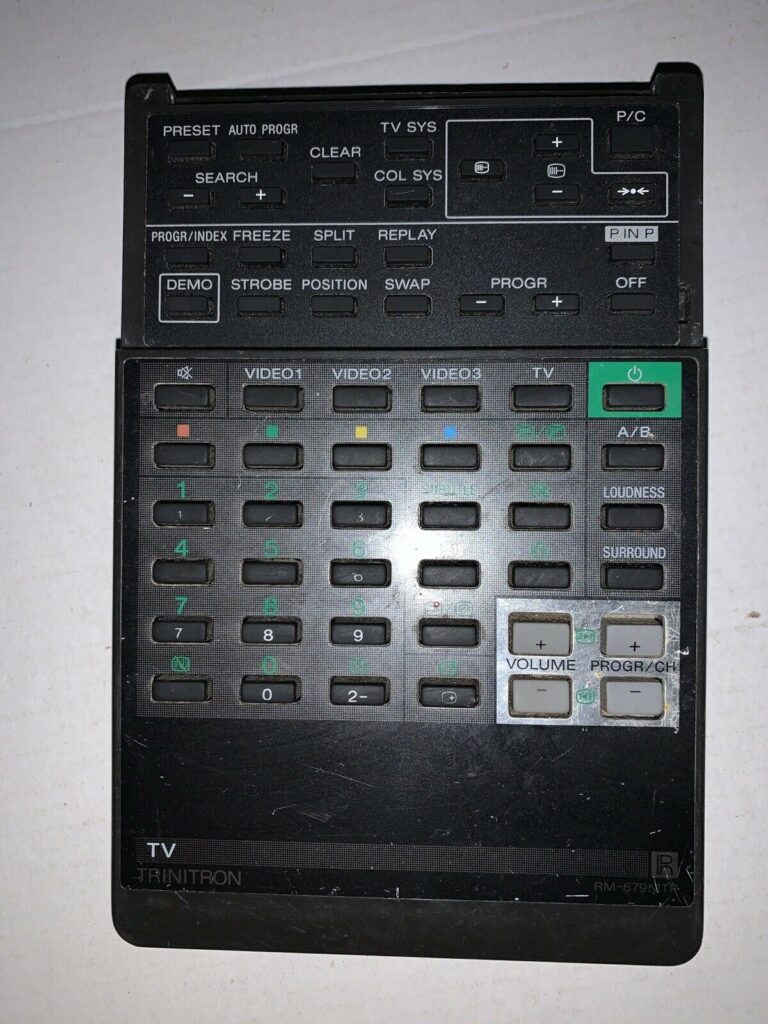
“User friendly” are not the two words that tend to spring to mind when you see this remote, are they? I didn’t think so. Generally the problem wasn’t quite this bad because most devices simply didn’t need so many buttons. But, when DIRECTV boxes came out in the 1990s, they… kinda did.
There’s a lot more to do with a satellite TV system. Because early systems didn’t have things like local channels, you needed input buttons. You also needed arrow buttons to navigate the guide, something TVs didn’t have at the time. Matters got worse of course as DVRs started to come in, as they had extra options.
So, early DIRECTV boxes abandoned those rows and columns and re-engineered the remote to be a little friendlier to both the eyes and fingers.
The RCA DIRECTV remote
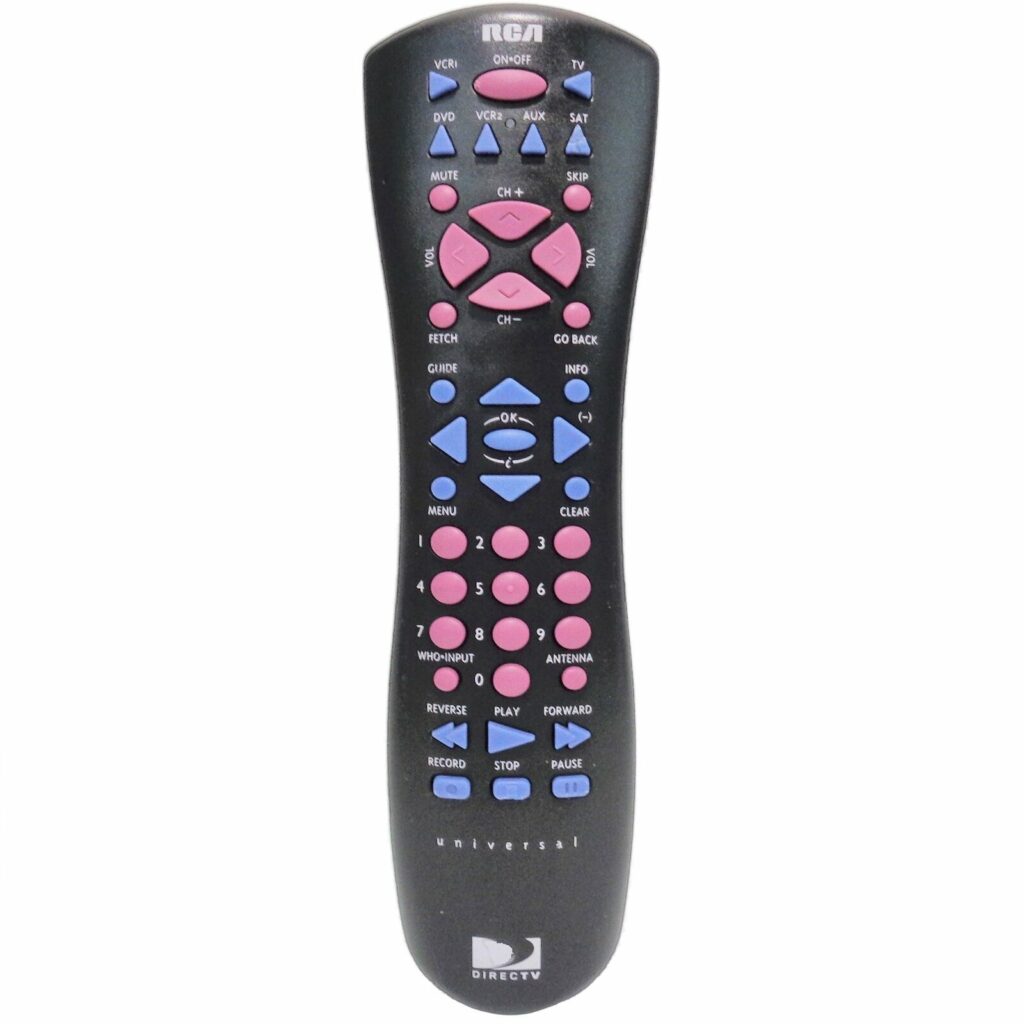
This remote may look positively 90s-tastic to you and me now, but believe me it was a revelation when it came out. It was shapely and easy to hold. It was well-balanced and super easy to tell which end was up. The shapes and colors of the big, gummy buttons made it very easy to use, even in the dark. This was the first remote to win an award for ergonomic design. But, it belonged to RCA.
Thomson Consumer Electronics sold DIRECTV equipment under the RCA brand back then. They never really went away, although you don’t hear the names Thomson or RCA much anymore. Thomson merged and were bought and eventually rebranded themselves as Technicolor. They still make the lion’s share of DIRECTV boxes today.
RCA owned the remote design, and DIRECTV wanted one remote to work with all manufacturers. Starting in 2003, they branded each DIRECTV box only with the DIRECTV name and nothing else. This was a popular move and coincided with a lot of boxes being given away for free in the growth days of the company. So, they set out to create a remote that every manufacturer could use.
The DIRECTV RC24

The venerable DIRECTV RC24 was the first remote to have this familiar shape. You could be forgiven for confusing it with the remote we still offer at Solid Signal, but there are subtle design differences. The buttons are a touch smaller, for example. But as the first of the line, it was pretty darn good.
The remote got rid of the bulbous feel of the RCA version. It was still easy to tell top from bottom due to the large slide switch. The button shapes were unique and the volume and channel buttons were revised to look less like arrows. This lessened confusion. Color buttons (all the rage in the early 21st century) were added as were several special-purpose buttons for early interactive features. Coloring the remote high-profile white with a putty-colored insert made it easier to see in the dark. The PLAY and SELECT buttons were large and easy to find, reflecting more of a reliance on DVRs.
As before, this was a universal remote, giving you full control of up to four devices. A dedicated TV/Receiver power button made it easy to turn things on with one push, which was a must.
Raised on the Radio (Frequency)
This basic design continued to evolve. Buttons got a little bigger. A backlight version was added, as were special NFL-team specific colors and logos to emphasize DIRECTV’s sports dominance. The most important improvement, though, was the addition of RF capability. With RF capability, you didn’t have to even aim the remote anymore. You could change the channels from the other room if you wanted.
The Ultimate: RC66RX
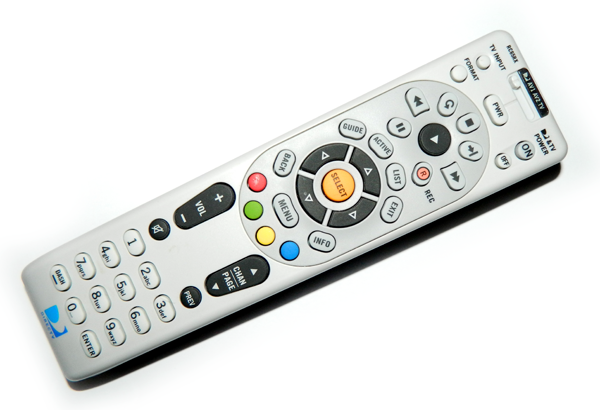
The ultimate remote in the series is the RC66RX. The RC6 series was introduced in the early 2010s to work with the then-new H24 and HR24 DVRs. It was the first remote to include two-way communication which made programming it a lot easier. By pointing the remote at the receiver or DVR, it could receive information that programmed it for you. You picked your equipment on the screen and programming was automatic.
The top of the line, as I said, is still the RC66RX. It combines self-programming, RF capability, and of course the design we all know and love. You can use this remote with a wide variety of devices including the latest and greatest Genie gear. It even works with DIRECTV Stream boxes. That’s one versatile remote.
Get what you need from Solid Signal
Solid Signal is your source for remotes as well as everything you need to live your best digital life. Shop at Solid Signal now and you’ll find tens of thousands of great parts, all at the right price. Not finding what you need? Call us! We’re here for you at 888-233-7563 during East Coast business hours. If it’s after business hours, fill out the form below. We’ll get back to you, usually within one business day.


